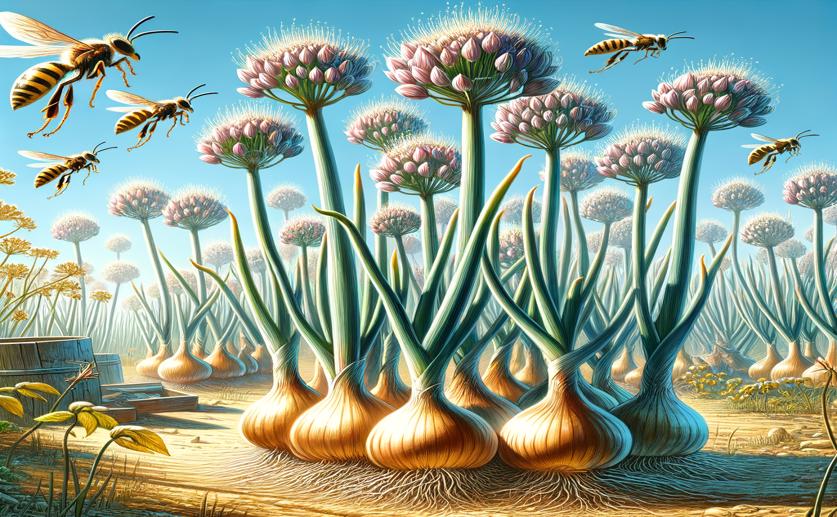
Onions Attract Helpful Wasps with Their Floral Scents
Jim Crocker
26th May, 2024

Image Source: Natural Science News, 2024
Key Findings
- The study by ICAR found that onion flowers use specific floral scents to attract pollinators, particularly scoliid wasps
- Key aromatic compounds in onion floral scents include o-cymene, cis-β-ocimene, benzaldehyde, and allo-ocimene, which elicit responses from scoliid wasps
- Unlike other wasp-pollinated flowers, onion nectar is dominated by hexose sugars rather than sucrose, potentially attracting a wider range of pollinators
AgricultureEcologyPlant Science
References
Main Study
1) Onion (Allium cepa L.) Attracts Scoliid Wasps by Means of Generalist Floral Volatiles.
Published 25th May, 2024
https://doi.org/10.1007/s10886-024-01513-x
Related Studies
2) Synthetic grape volatiles attract mated Lobesia botrana females in laboratory and field bioassays.
3) Wild pollinators enhance fruit set of crops regardless of honey bee abundance.



 26th January, 2024 | Jenn Hoskins
26th January, 2024 | Jenn Hoskins